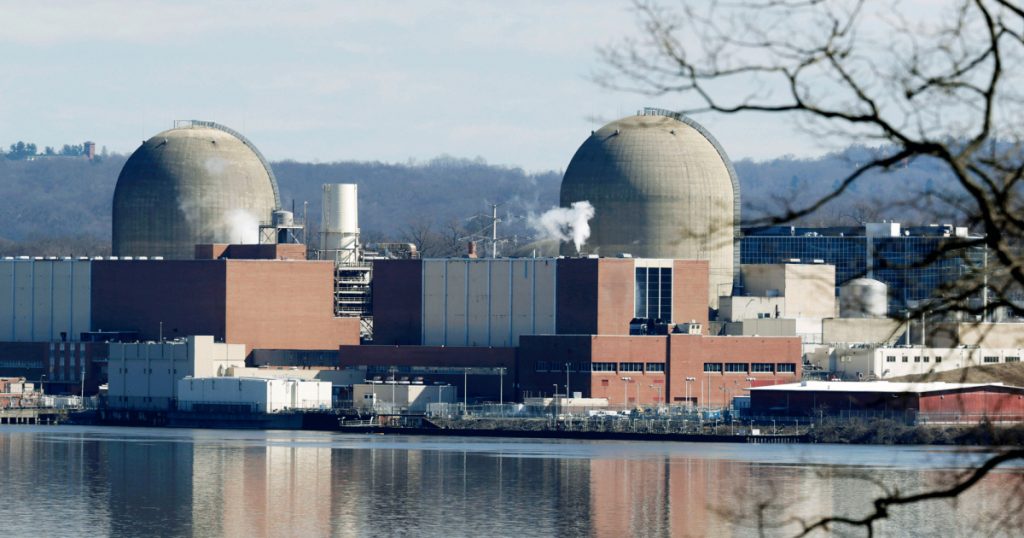New York Indian Point Nuclear Plant Shuts Down, Ending an Era
Seth Wenig/AP
Let our journalists help you make sense of the noise: Subscribe to the Mother Jones Daily newsletter and get a recap of news that matters.This story was originally published by the Guardian and is reproduced here as part of the Climate Desk collaboration.
America’s energy past and future was on display on Friday at Indian Point, a nuclear plant 25 miles north of New York City that has been producing electricity since 1962.
At 11 am, the last of the aging plant’s reactor turbines shut down, ending a long political standoff. At the same time, wind and sun over the Hudson River alongside the plant pointed to the state’s energy future.
Environmentalists and politicians have described the plant as a threat to millions. Many welcomed the closure. “There are 20 million people living within 50 miles of Indian Point and there is no way to evacuate them in case of a radiological release,” Paul Gallay, president of the environmental group Riverkeeper, told the Associated Press.
In part, the plant was doomed by the attacks on the World Trade Center on September 11, 2001—the pilots of the hijacked planes used the river for navigation, alerting politicians to the vulnerability of the reactors on the banks of the Hudson. “The plant was built to withstand an airplane crash in the 70s,” New York’s governor, Andrew Cuomo, said recently. “Who knows what would happen now with Indian Point?”
Furthermore, nuclear power has lost favor as the cost of clean-energy renewables declines. In 2019, Indian Point provided 13 percent of New York state power. According to operator Entergy, for New York City and the lower Hudson Valley that figure was about 25 percent. Under a 2017 agreement between Cuomo, Riverkeeper and Entergy, another reactor was shut down a year ago.





